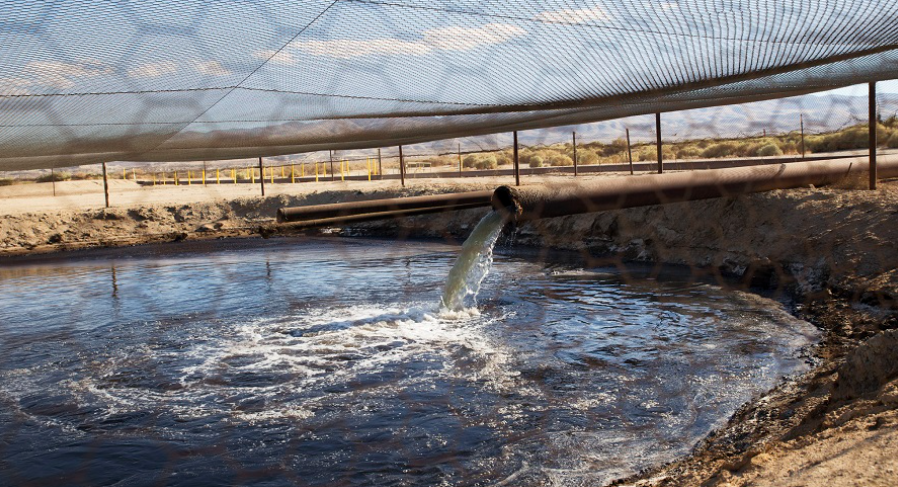Pennsylvania – May 30, 2024. A groundbreaking analysis utilizing compliance data from the Pennsylvania Department of Environmental Protection suggests that if extracted with complete efficiency, lithium from the wastewater of Marcellus shale gas wells in Pennsylvania could supply up to 40% of the United States’ lithium demand. This revelation marks a significant step towards bolstering domestic lithium production, crucial for the nation’s growing energy storage needs.
Discovering Lithium in Marcellus Shale Wastewater
The presence of lithium in the wastewater of Marcellus shale was known, as previous research had identified that hydraulic fracking processes pick up various minerals and elements from the shale. However, the extent of this lithium resource remained uncertain due to insufficient measurements. “But there hadn’t been enough measurements to quantify the resource,” explained Justin Mackey, a researcher at the National Energy Technology Laboratory, in a media statement. “We just didn’t know how much was in there.”
Leveraging Compliance Data for Analysis
The pivotal discovery was made possible thanks to Pennsylvania’s regulatory requirements. Companies operating in the state are mandated to submit detailed analyses of wastewater from each well pad, including the concentration of lithium. This comprehensive data allowed Mackey and his team to conduct a regional analysis. “Thanks to Pennsylvania regulatory requirements, we were able to figure it out,” Mackey said. “And that’s how we were able to conduct this regional analysis.”
Implications for U.S. Lithium Supply
Meeting 30% to 40% of the country’s lithium needs from this source would significantly advance the U.S. Geological Survey’s goal of achieving complete domestic lithium production by 2030. This would reduce reliance on foreign lithium sources and enhance national security regarding critical battery materials.
Beyond Pennsylvania: Regional Potential
While Pennsylvania provides the most robust data for Marcellus shale, lithium-rich wastewater is not confined to its borders. “There’s lots of activity in West Virginia, too,” Mackey noted, indicating potential for further exploration and extraction efforts in neighboring regions.
Environmental Considerations and Future Steps
The next critical steps involve understanding the environmental impact of extracting lithium from wastewater and developing practical extraction techniques. Mackey highlighted the importance of addressing these issues: “Wastewater from oil and gas is a burgeoning issue. Right now, it’s just minimally treated and reinjected.”
He emphasized the untapped potential of this wastewater, pointing out that “it’s been dissolving rocks for hundreds of millions of years — essentially, the water has been mining the subsurface.” A pilot facility is planned to refine these extraction methods and assess their feasibility and environmental sustainability.
The analysis of Marcellus shale wastewater presents a promising opportunity for the United States to significantly boost its domestic lithium supply. With careful environmental management and innovative extraction techniques, this untapped resource could play a crucial role in meeting the country’s future energy storage and battery material needs.



